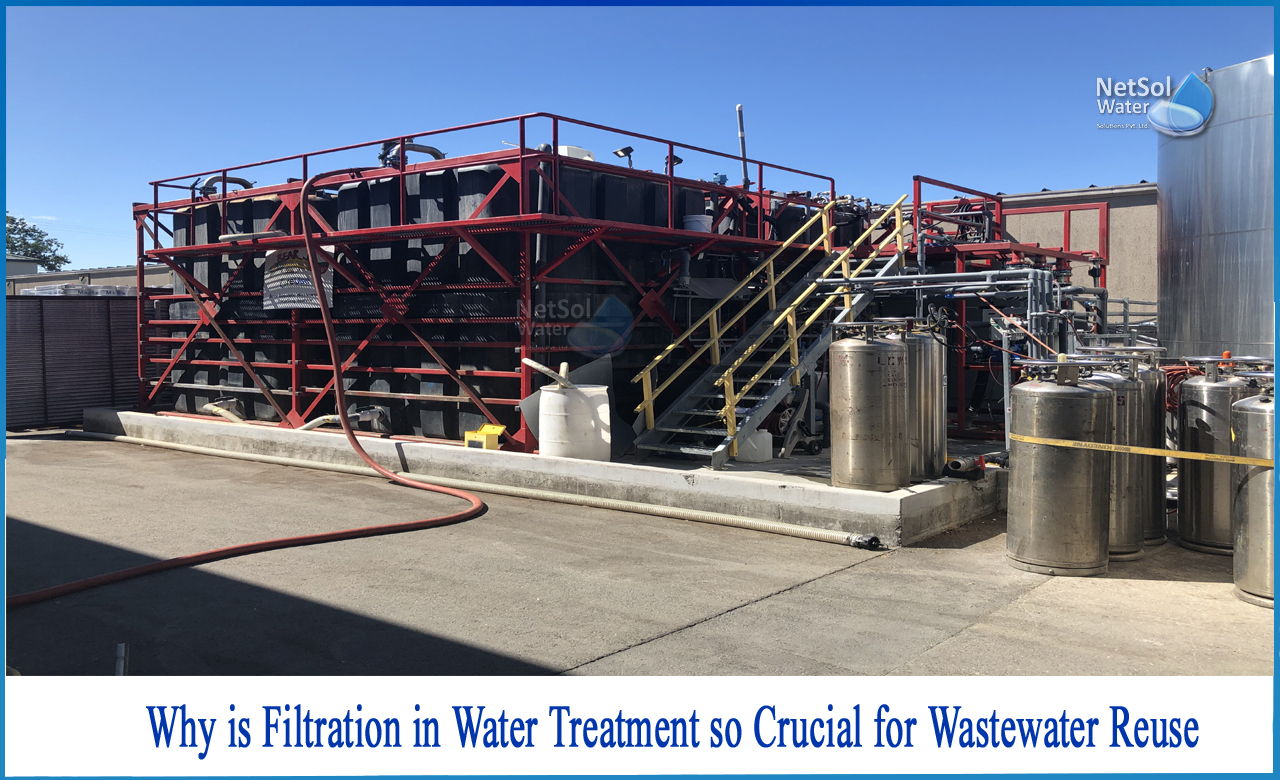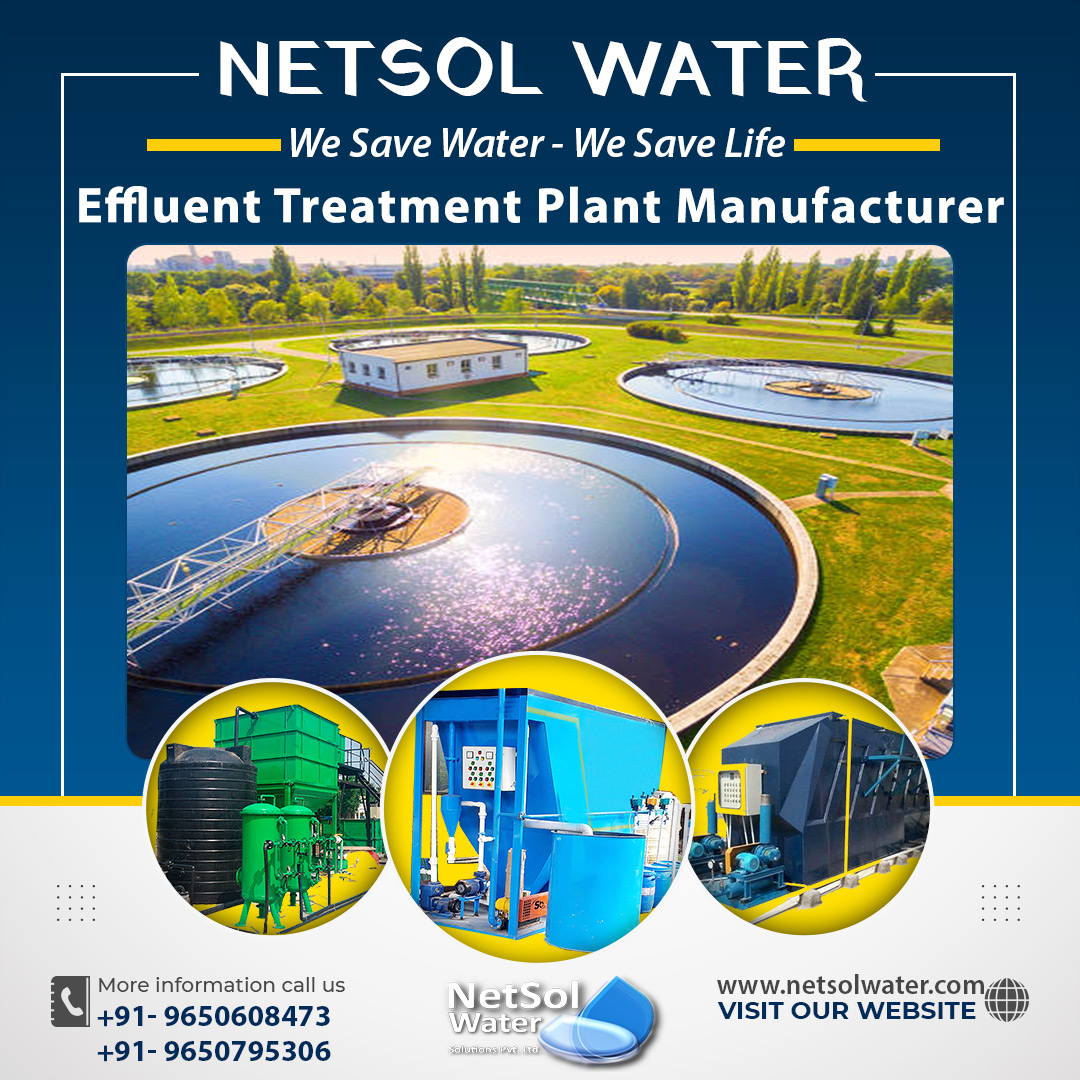Why is filtration in water treatment so crucial for wastewater reuse?
Filtration is the process of removing particles suspended in water. Straining, flocculation, sedimentation, and surface capture are some of the techniques used to remove waste. Filters are classified according to their primary technique of capture, which is either exclusion of particles at the surface of the filter medium (straining) or deposition inside the media (in-depth filtering).
Water filtering is crucial in water treatment operations such as process water or wastewater discharge or reuse
Many commercial/industrial process water and wastewater reuse applications rely heavily on filtration. Pumping wastewater from a refinery, food/beverage, textile, or oil generated water application, for example, requires pre-filtration due to the large amount of suspended particles in these typical applications. In reality, many filtering and treatment processes are often used in these applications to guarantee that the treated water fulfils the appropriate discharge or reuse criteria. Furthermore, filtration in water treatment guarantees that downstream polishing water treatment systems have lower running costs.
Let us understand this with help of an example!
We'll use the oil refining process as an example to demonstrate the relevance of filtration in water treatment.
One of the numerous end products of this process is gasoline, which you may use to fuel your automobile. What emerges from the refinery is clean, processed, and free of anything that might cause excessive wear and tear on your engine.
You wouldn't transfer petroleum straight from the ground into a vehicle, diesel truck, or plane. It is filtered first, so that what gets into your automobile will keep it running at peak efficiency for as long as possible. A well-maintained vehicle that receives clean, filtered gas and regular oil filter replacements may endure for decades.
Water treatment systems operate in a similar manner!
The filtering process is the refinery in this scenario, and the downstream treatment units are the vehicles. This procedure eliminates or lowers pollutants that the downstream systems cannot adequately manage. This improves the overall efficiency of the water treatment process while lowering overall operating and maintenance expenses.
The following are a few instances of sophisticated treatment techniques that require previous filtering for proper operation:
1: Disinfection
The treatment of tiny infections by oxidation is used in disinfection systems. However, particulate matter interference reduces the treatment efficacy of these units.
UV disinfection, for example, employs ultraviolet radiation to kill microorganisms. The wavelength of the light passes through the fluid from the light source to the pollutants of interest. However, if suspended particles are present in the influent, they will physically prevent light waves from reaching the contaminants that require proper disinfection.
2: Advanced Oxidation
Advanced oxidation, like disinfection, works with dissolved chemicals. It employs hydroxyl radicals generated by a mixture of ozone, hydrogen peroxide, ultraviolet light, or electro oxidation systems. Unfiltered pollutants, as explained above, reduce the efficacy of UV radiation. Other pollutants, known as hydroxyl scavengers, will, nevertheless, impair process efficiency if present in sufficient concentrations. These scavengers are attracted to hydroxyl radicals and will enter and deal with them before the targeted chemicals are destroyed. However, good pre-filtration (together with other treatments) can completely keep them out.
3: Improved filtration
Membrane filters, such as reverse osmosis filters, ultrafiltration, micro- or nanofiltration, as well as any finer media filters or nano cartridge filters, fall within this category. The majority of filtering systems work on a gradient. They begin with coarse filtration and work their way up to the finest degree required.
4: Coagulation
Whether the coagulation method is chemical or electrochemical, a certain quantity of pre-filtration is required for efficient treatment. Coagulation systems are commonly used to coagulate and flocculate tiny particles that do not settle rapidly or effectively. The process is driven by the addition of chemical additives or electrical current. These methods, however, often function best at a certain concentration range for the desired elements. Filtering away bigger particles prior to these systems will guarantee that they operate at peak efficiency.




